Earl Grey milk tea, a beverage that marries the sophistication of traditional British tea culture with the creamy indulgence of milk-based drinks, has become a global sensation. But what exactly is Earl Grey milk tea, and why does it captivate palates across continents? This article delves into the origins, ingredients, cultural significance, and evolving nature of this beloved drink, offering a comprehensive guide to understanding its enduring appeal.
The Origins of Earl Grey Tea
To comprehend Earl Grey milk tea, one must first explore the roots of Earl Grey tea itself. Named after Charles Grey, the 2nd Earl Grey and a 19th-century British Prime Minister, this tea blend is traditionally composed of black tea infused with oil from the rind of bergamot oranges. Legend has it that the Earl received the recipe as a diplomatic gift or commissioned it to replicate a flavor he encountered during his travels. The bergamot orange, a citrus fruit native to Italy, imparts a distinctive floral and slightly tart aroma, setting Earl Grey apart from other black teas.
While the exact history remains shrouded in folklore, the blend’s popularity surged in Victorian England, where it became synonymous with elegance and refinement. Today, Earl Grey tea is a staple in tea houses, cafes, and households worldwide, celebrated for its bold yet nuanced flavor profile.
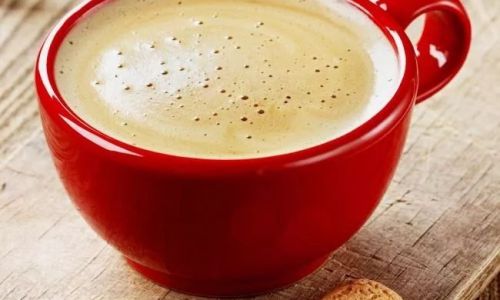
The Birth of Earl Grey Milk Tea
Earl Grey milk tea emerges from the fusion of this classic tea and the growing global fascination with milk-based beverages. The concept of adding milk to tea dates back centuries, with British and Irish traditions of “builder’s tea” (strong black tea with milk and sugar) and Asian milk teas (like Hong Kong-style lai cha or Taiwanese bubble tea) influencing contemporary interpretations.
Earl Grey milk tea typically combines Earl Grey tea with steamed or frothed milk, creating a luxurious drink that softens the tea’s assertive tannins while highlighting its citrusy and malty notes. The result is a harmonious balance: the bergamot’s brightness cuts through the milk’s richness, while the tea’s astringency prevents the drink from becoming cloying.
Ingredients and Variations
The beauty of Earl Grey milk tea lies in its adaptability. While the core components remain consistent—black tea, bergamot oil, and milk—chefs and home brewers often experiment with additions like sweeteners, spices, or tapioca pearls (as seen in boba shops).
- Tea Base: High-quality black tea leaves (such as Assam, Ceylon, or a blend) are steeped to extract their depth. Some recipes use loose-leaf tea for a robust flavor, while others opt for tea bags for convenience.
- Bergamot: The soul of Earl Grey, bergamot oil or dried bergamot peel infuses the tea with its signature perfume. Modern variations sometimes use natural flavorings or even earl grey-infused syrups.
- Milk: Dairy milk (whole, oat, or almond) is common, but coconut milk or condensed milk can add tropical sweetness. The milk is often heated and frothed to create a velvety texture.
- Sweeteners: Honey, agave, or simple syrup balance the bitterness, while brown sugar or caramel introduces caramelized undertones.
- Toppings: In bubble tea iterations, chewy tapioca pearls, grass jelly, or pudding cubes transform the drink into a textural adventure.
Flavor Profile and Pairing Suggestions
Earl Grey milk tea offers a symphony of flavors. The black tea provides a malty, slightly astringent backbone, while the bergamot contributes citrusy, floral high notes. The milk mellows these elements, creating a creamy, aromatic brew that is both comforting and invigorating.
This drink pairs wonderfully with:

- Pastries: Scones, croissants, or shortbread cookies complement its richness.
- Spicy Foods: The tea’s citrusy edge cuts through heat, making it ideal with curries or spicy noodles.
- Dark Chocolate: The bittersweet notes of chocolate harmonize with the bergamot’s complexity.
Cultural Significance and Global Adaptations
Earl Grey milk tea transcends geographical boundaries, embodying cultural exchange and innovation.
- In the UK: While traditionalists may prefer Earl Grey “plain” with a slice of lemon, contemporary cafes now offer lattes made with oat milk and lavender syrup, appealing to younger audiences.
- In Asia: Taiwanese bubble tea shops popularized “Earl Grey milk tea with boba,” turning it into a trendy, Instagram-worthy treat. In Hong Kong, yin yeung (a mix of coffee and tea) sometimes incorporates Earl Grey for a unique twist.
- In the U.S.: Artisanal tea bars experiment with cold brew methods, nitrogen infusion, or boozy versions spiked with bergamot-infused gin.
Health Benefits and Considerations
Black tea is rich in antioxidants like flavonoids, which may support heart health and reduce inflammation. Bergamot contains compounds linked to improved cholesterol levels and digestive health. However, Earl Grey milk tea’s health profile depends on preparation:
- Calorie Count: Using whole milk and sweeteners increases caloric content. Opting for low-fat milk or natural sweeteners like stevia can mitigate this.
- Caffeine: A cup of Earl Grey contains roughly 40–60 mg of caffeine—less than coffee but enough to provide a mild stimulant effect.
- Lactose Intolerance: Non-dairy alternatives like almond or soy milk cater to dietary restrictions without compromising flavor.
The Rise of Gourmet Earl Grey Blends
As consumer tastes evolve, so does Earl Grey milk tea. Specialty brands now offer:
- Floral Infusions: Rose petals, jasmine, or lavender added to the tea blend.
- Smoky Notes: Lapsang Souchong Earl Grey, which combines bergamot with smoked tea leaves.
- Spiced Variations: Cinnamon, cardamom, or ginger elevate the warmth of the drink.
DIY Earl Grey Milk Tea: A Recipe Guide
Creating Earl Grey milk tea at home allows for customization. Here’s a simple recipe:
Ingredients:
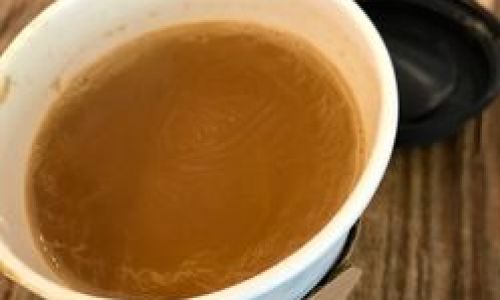
- 2 Earl Grey tea bags (or 2 tsp loose-leaf tea)
- 1 cup boiling water
- ½ cup milk (dairy or plant-based)
- 1–2 tsp honey or sweetener (optional)
- Ice (for iced version)
Instructions:
- Steep the tea in boiling water for 3–5 minutes.
- Remove tea bags/strain leaves.
- Heat milk in a saucepan until steaming; froth if desired.
- Combine tea and milk, adding sweetener to taste.
- Serve hot, or pour over ice for a refreshing cold brew.
For Bubble Tea:
- Cook tapioca pearls according to package instructions.
- Layer pearls in a glass, add Earl Grey milk tea, and top with frothed milk.
Conclusion: A Timeless Elixir
Earl Grey milk tea is more than a beverage—it’s a testament to the art of blending. By uniting the aristocratic heritage of Earl Grey tea with the universal comfort of milk, it bridges cultures and eras. Whether sipped in a Victorian parlor, a bustling Taipei night market, or a cozy living room, this drink invites contemplation and joy. As trends come and go, Earl Grey milk tea endures, a reminder that some classics only grow richer with time.
In an age of ever-changing culinary fads, the allure of Earl Grey milk tea lies in its ability to adapt while staying true to its roots. So the next time you crave a moment of indulgence, brew a cup, and let the interplay of bergamot, tea, and milk transport you to a world where tradition and innovation dance in perfect harmony.
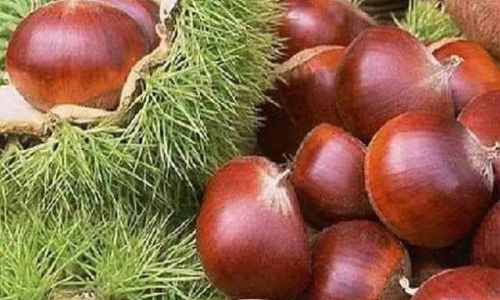
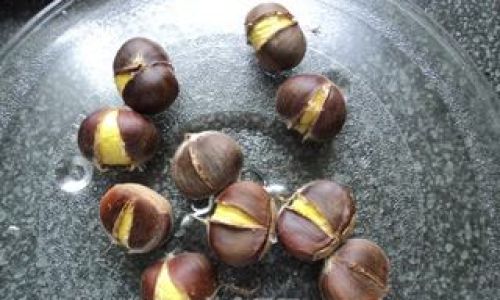
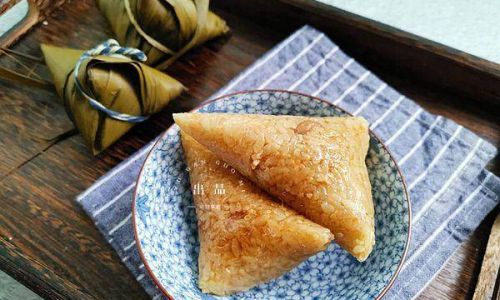
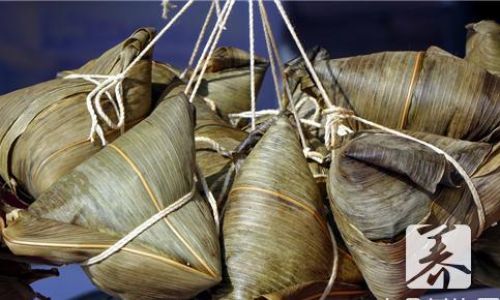
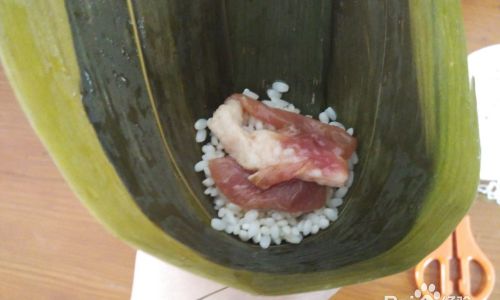
0 comments